Why The Absolute Best Martinis Are Made With Vodka
“It is a triumph of simplicity, an icy cold balance between spirit and vermouth and a perfect way to showcase a top-quality vodka.”
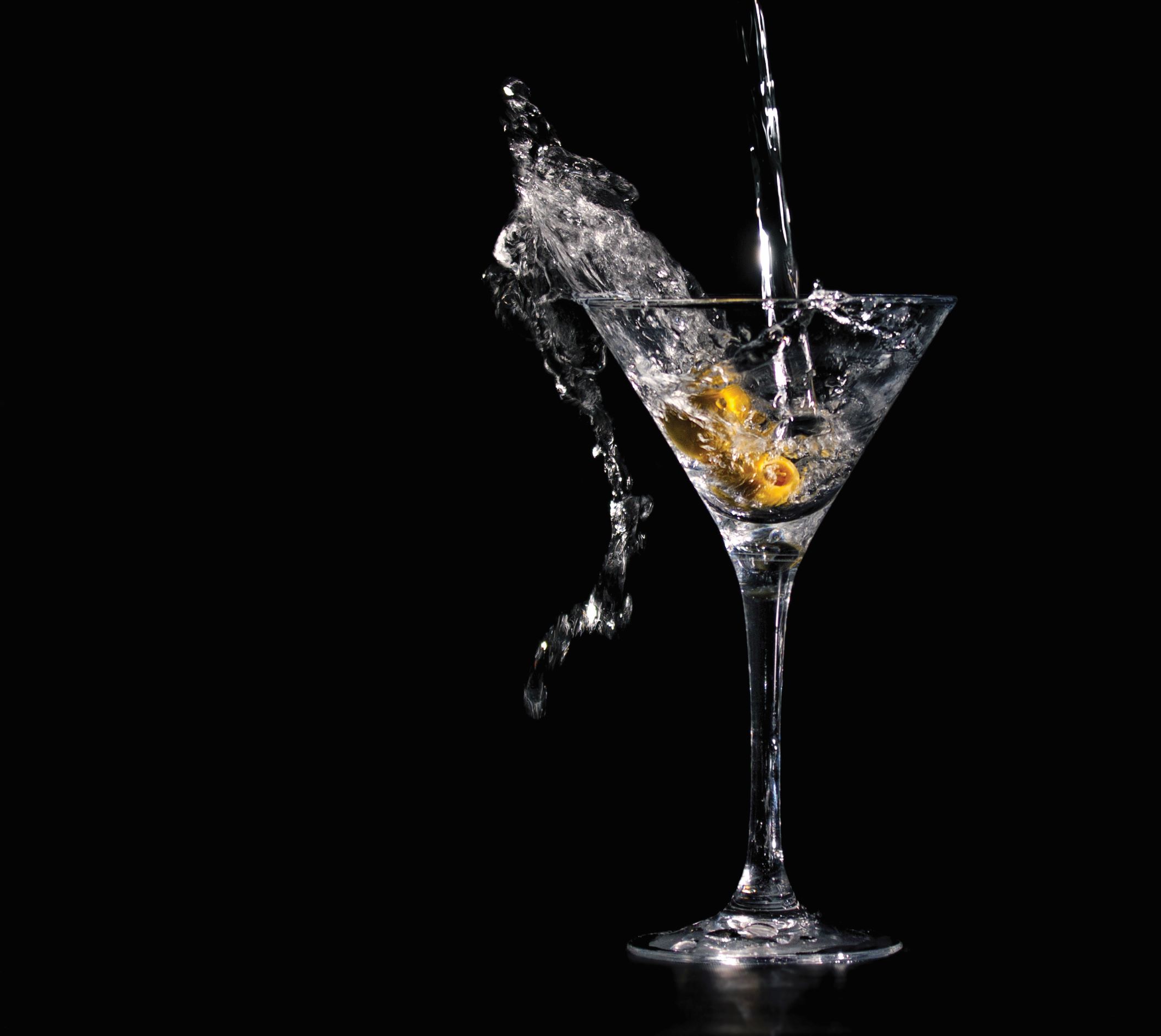
“I never have more than one drink before dinner. But I do like that one to be large and very strong and very cold and very well-made.” Words of wisdom as spoken by longtime martini aficionado James Bond in Ian Fleming’s 1953 novel Casino Royale, though it wasn’t until the 1964 big-screen version of Goldfinger that Sean Connery issued the now-infamous dictum “shaken, not stirred.”
Bond has always been a vodka man; one story goes that Fleming acquired a taste for it while working as a journalist in Russia. Though these days 007’s preferred Smirnoff of the ’60s has been replaced with Belvedere, maker of the official James Bond martini—Belvedere super-premium vodka from Poland, dry vermouth and a twist of lemon—and the liquor Daniel Craig was first seen quaffing in Spectre.

Bond’s choice of vodka over the traditional gin marked him as adventurous and avant-garde in Fleming’s day, though the first notable mention of vodka in a martini appeared in an edition of David Embury’s 1948 bar manual The Fine Art of Mixing Drinks. These days, of course, it’s not only 007 who likes his martinis made with ice-cold vodka and little else (many experts agree vodka cannot be “bruised” by shaking, unlike gin).
“The martini has always been the pinnacle of cocktail culture,” Gareth Evans, Global Brand Ambassador for Absolut Elyx, the copper-crafted wheat vodka that ranks as one of the world’s finest luxury spirits, tells Maxim. “It is one of the oldest cocktails, and there are a million apocryphal stories about how it came to be. But at its core it is a triumph of simplicity, an icy cold balance between spirit and vermouth and a perfect way to showcase a top-quality vodka.”
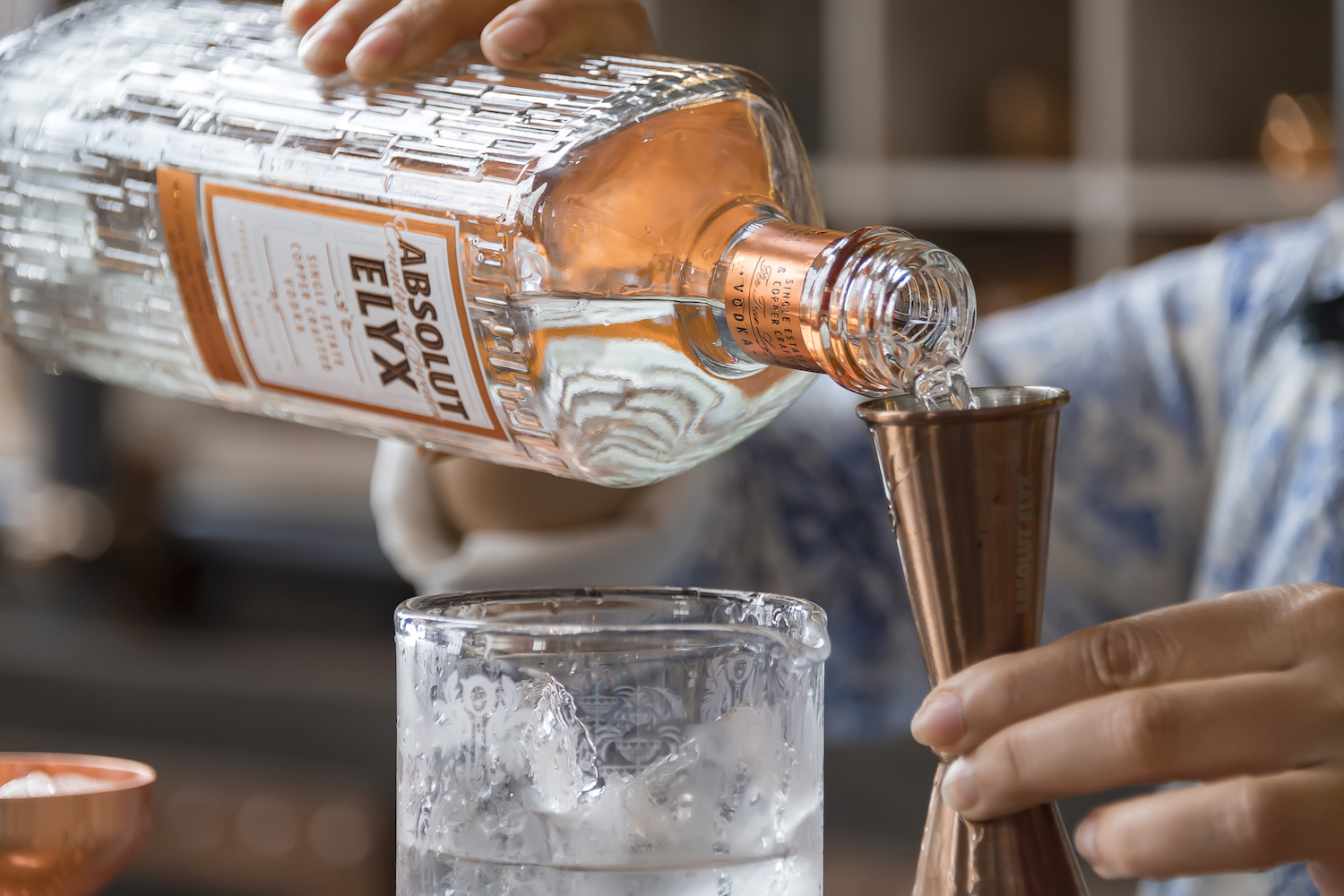
Yet, he points out, “there isn’t really a definitive recipe; a martini is a personal thing, with no two recipes the same, and none better or worse than the other. No other drink has such specific imagery, and the martini has been immortalized in print and on screen countless times, always representing the height of drinking sophistication.”
And, he cautions, “It is not a beginner’s drink. It is challenging at first for sure, and is as spirit-forward as possible; but a well-made vodka martini is impossible to beat, and once people fall in love with [it] they rarely order anything else.”
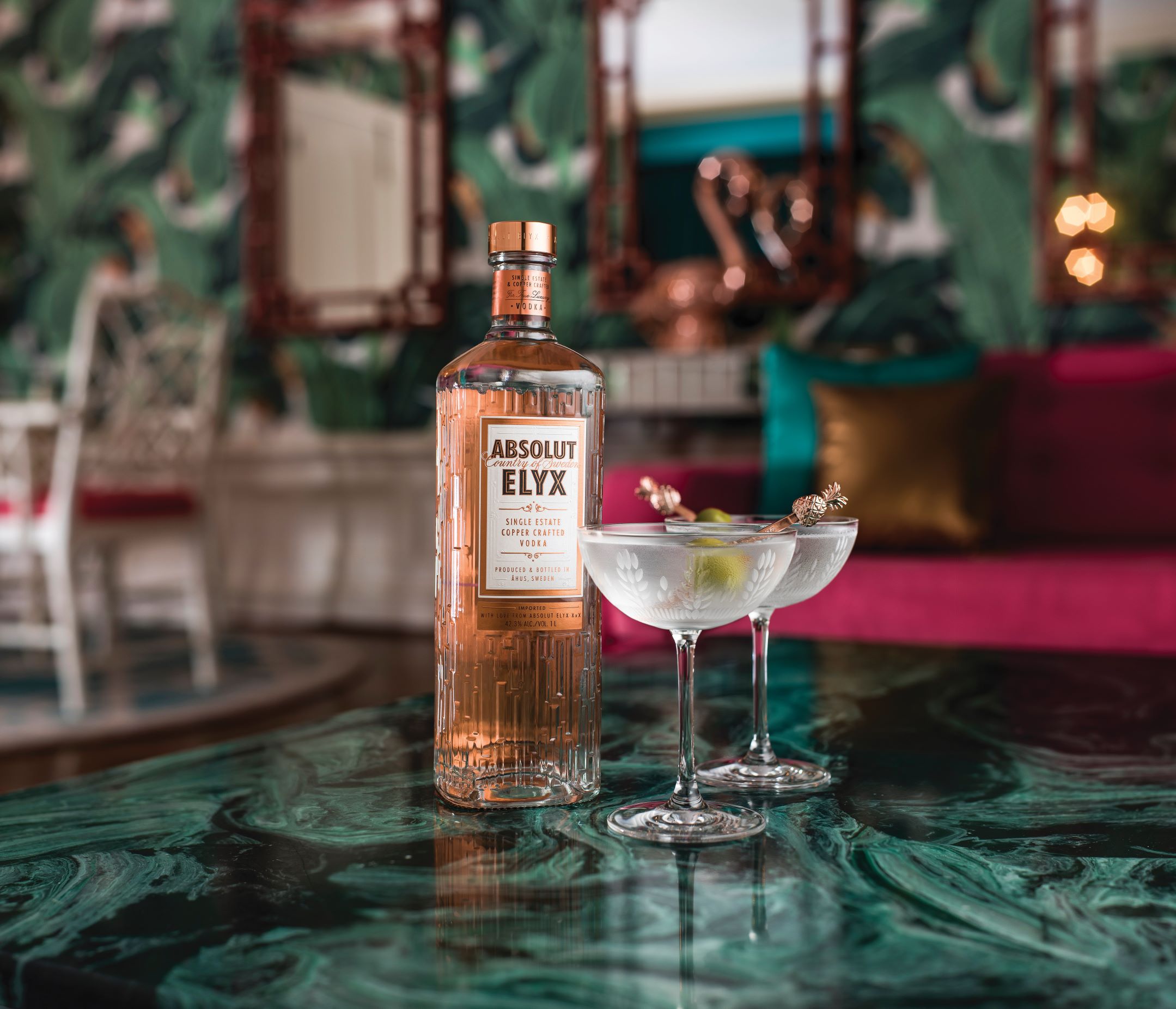
Evans notes that when he first started bartending 20 years ago “people would just order whatever was expensive, but nowadays the quality of the liquid itself is the most important thing.” Now, however, “people are looking at their food and drinks choices differently; consumers want to know where and how things are made, and are looking for quality products with history and provenance.”
Elyx is unique in being crafted from winter wheat grown on a single estate in southern Sweden, which Elyx Master Distiller Krister Asplund says, along with its antique copper stills, lend it a unique character and creamy mouthfeel. “With Elyx, you get a more elegant martini with very subtle flavors that do not overpower the finished product,” Asplund tells us.
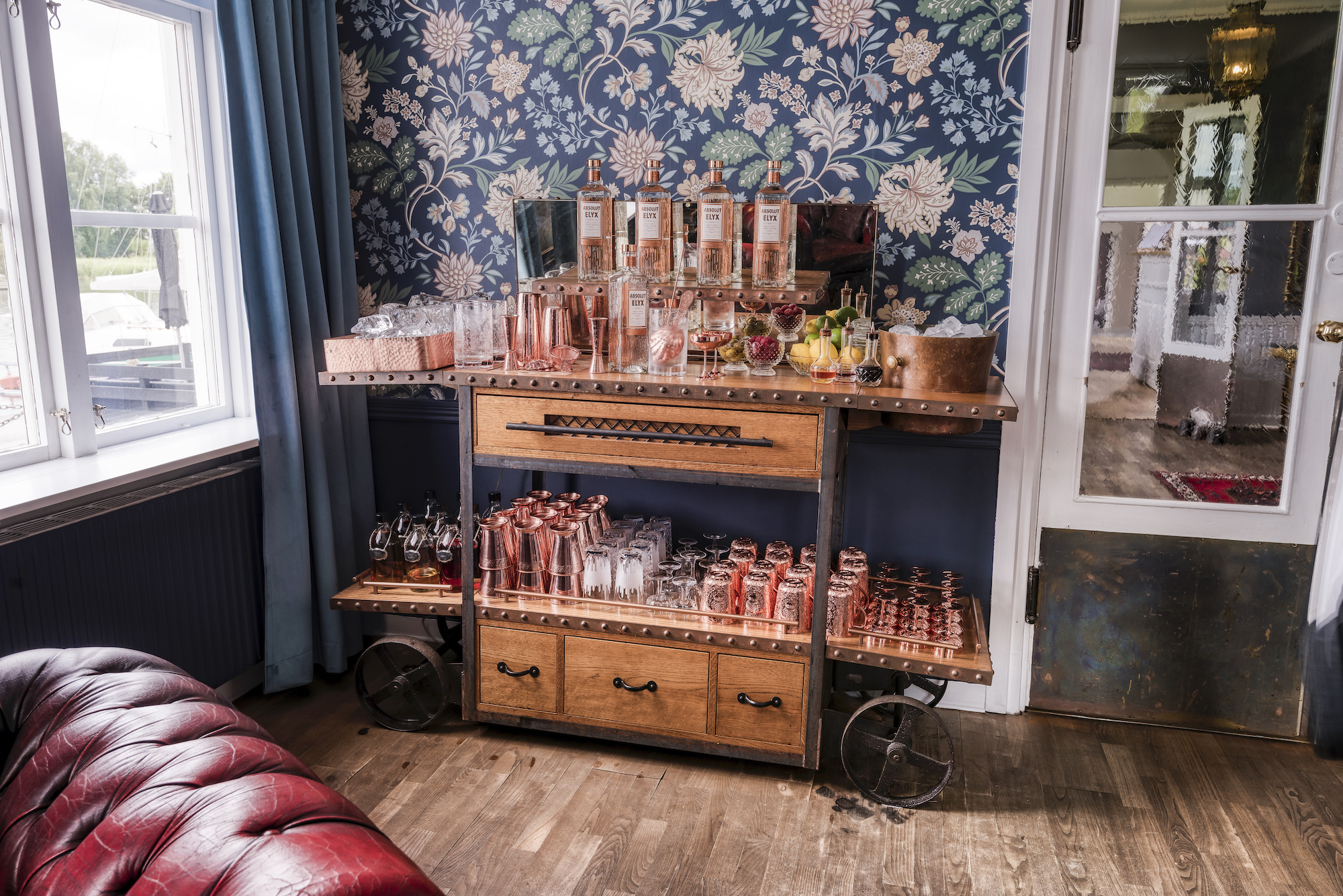
The martini went through “a torrid time in the ’90s, when it became synonymous with anything sweet and fruity in a martini glass,” Evans explains, but with the availability of truly top-shelf vodkas like Absolut Elyx, which was launched in 2013, “the martini has gone through a Matthew McConaughey-style renaissance, and the modern martini seems much more in keeping with its classic roots.”
It has also gotten a lot smaller, “as the smaller martinis will stay icy cold until the last sip,” Evans says. “Gone are the days of the 9-oz. steakhouse-style martini steadily getting warmer and less appealing as the night goes on.” This has even prompted the brand to offer miniature copper martini coupes to its Absolut Elyx Boutique online shop.
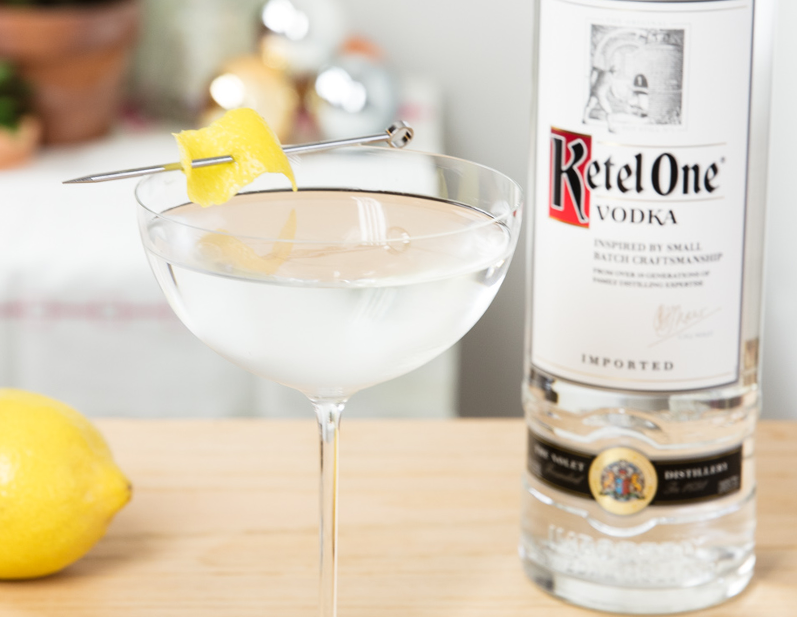
Ketel One Family-Made Vodka, distilled from winter wheat in copper pot stills and first released in 1983, spearheaded the spirit’s super-premium category. “Ketel One was created with the martini in mind,” Bob Nolet, one half of the eleventh generation of Nolets to run the historic Nolet Distillery in the Netherlands, established to make genever in 1691, tells Maxim. At the time most vodkas weren’t of a high enough quality to carry a martini.
“The cocktail’s very existence provided the launchpad for the creation of Ketel One, and in the canon of classic cocktails, a perfectly constructed martini is arguably the gold standard,” he says. “My father [Carolus Sr.’s] vision when he founded Ketel One was to create a spirit that would inherently make the martini better by its very characteristics. The three key elements to the vodka that my father wanted to produce were a crisp taste, a silky rounded mouthfeel, and a long finish.”
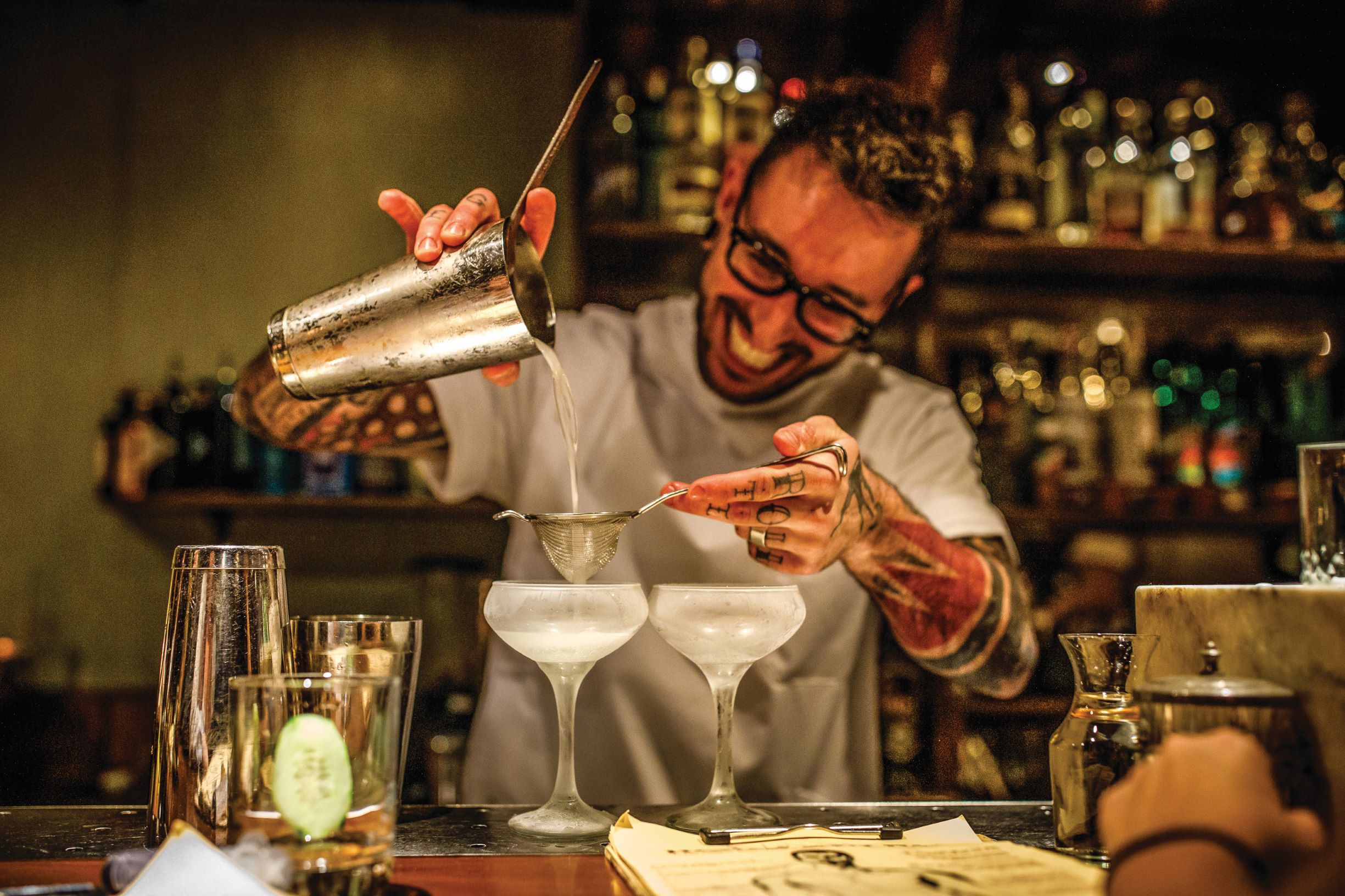
After years of experimentation, “drawing on his great-great-grandfather’s tasting notes,” Carolus discovered the perfect recipe, Nolet says. “Combining modern column distillation with the unique liquid produced by copper pot stills he created Ketel One Vodka [and] named it after the oldest, coal-fired copper pot still used at the distillery, an image of which still graces the label of every one of our bottles.”
“The best martini is the one that a skilled bartender makes you,” Nolet tells us. “It starts with a quality vodka, which to me means a base spirit that is crisp instead of sharp or overpowering. It stands on its own in flavor, with only a splash of dry vermouth.”
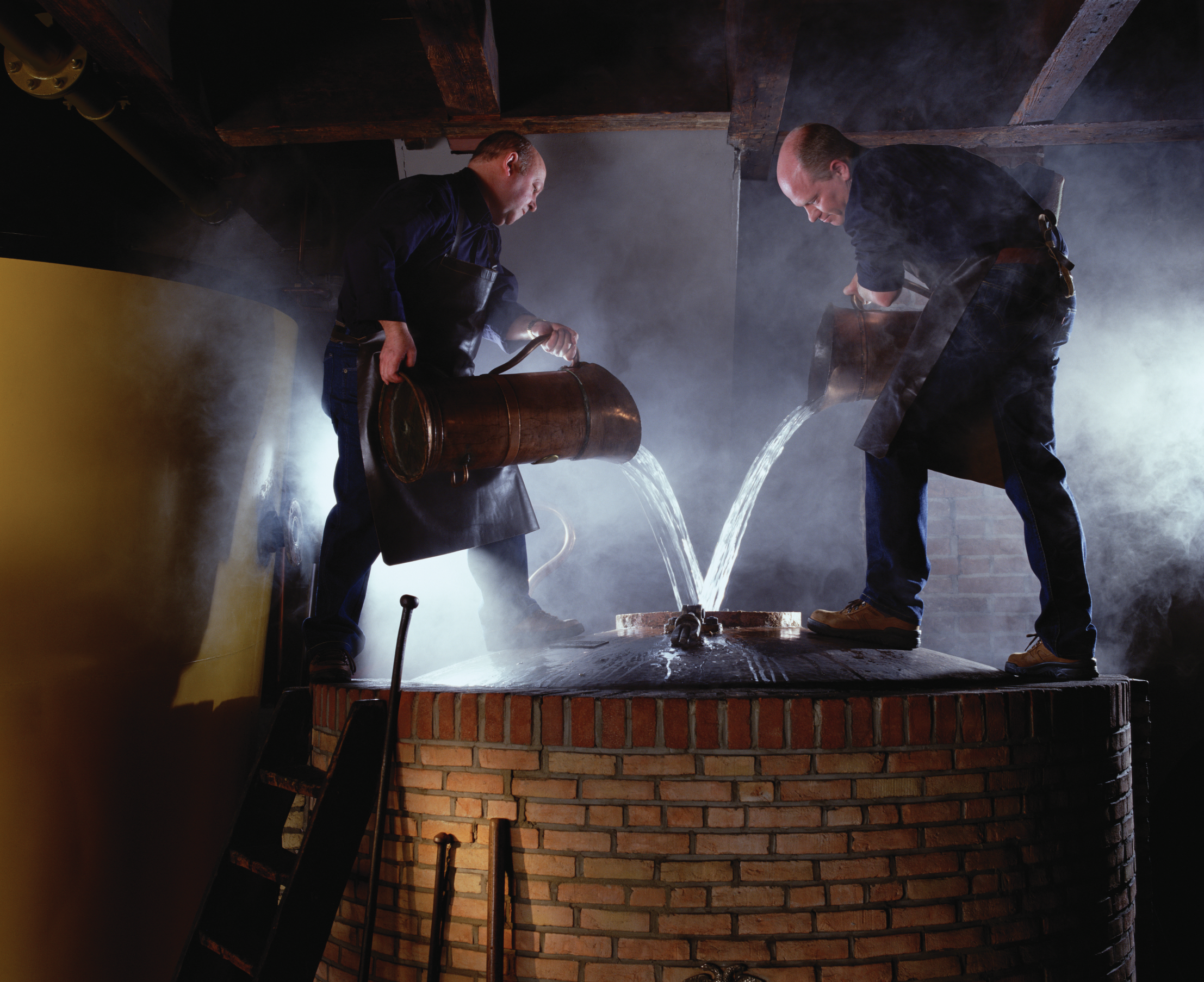
Stirring instead of shaking—sorry, 007—“yields proper dilution and temperature, key ingredients for a good martini,” Nolet opines. “If you’ve got a properly diluted martini, you should never need ice, which is why it’s best served up, and in a chilled martini glass. A lemon twist to garnish is my preferred final touch, adding a delightful pop of citrus aroma.”
When stirring, “don’t use crushed ice, use solid ice cubes,” he adds. “The more solid the ice the less dilution, plus the spirit will get colder quicker. And vermouth oxidizes, so a fresh bottle really is the sign of a pro. A fresh bottle means fresh flavors, so always store your vermouth in the refrigerator.”

While one might expect excellent vodka from Sweden and the Netherlands, France is a less likely prospect. However Grey Goose Vodka, made from soft winter wheat from the country’s Picardy region along with water from a natural limestone well in Charente, has put it firmly on the map.
Grey Goose Cellar Master François Thibault performs the functions of both a Master Distiller and Master Blender in producing the super-premium vodka. “Our production process has been precisely calibrated to nurture, isolate, and capture the essential character of the ingredients,” he tells Maxim.

As for martinis, “I prefer vodka in my martinis because of its undeniable elegance,” he says. What became known as vodka dates back to the Middle Ages while gin is a somewhat more recent invention, and “by many, gin is understood as the original flavored vodka, having added juniper and other botanicals to a vodka base to change the flavor,” Thibault notes.
Straight vodka in a martini however “is smooth, it blends, it’s more approachable,” he points out. “A well-mixed Grey Goose martini is the perfect accessory to any evening, in any environment…. It is a vodka that works hard to enhance the flavor of the other ingredients it is coupled with, because the flavor is not just bold, but versatile.”
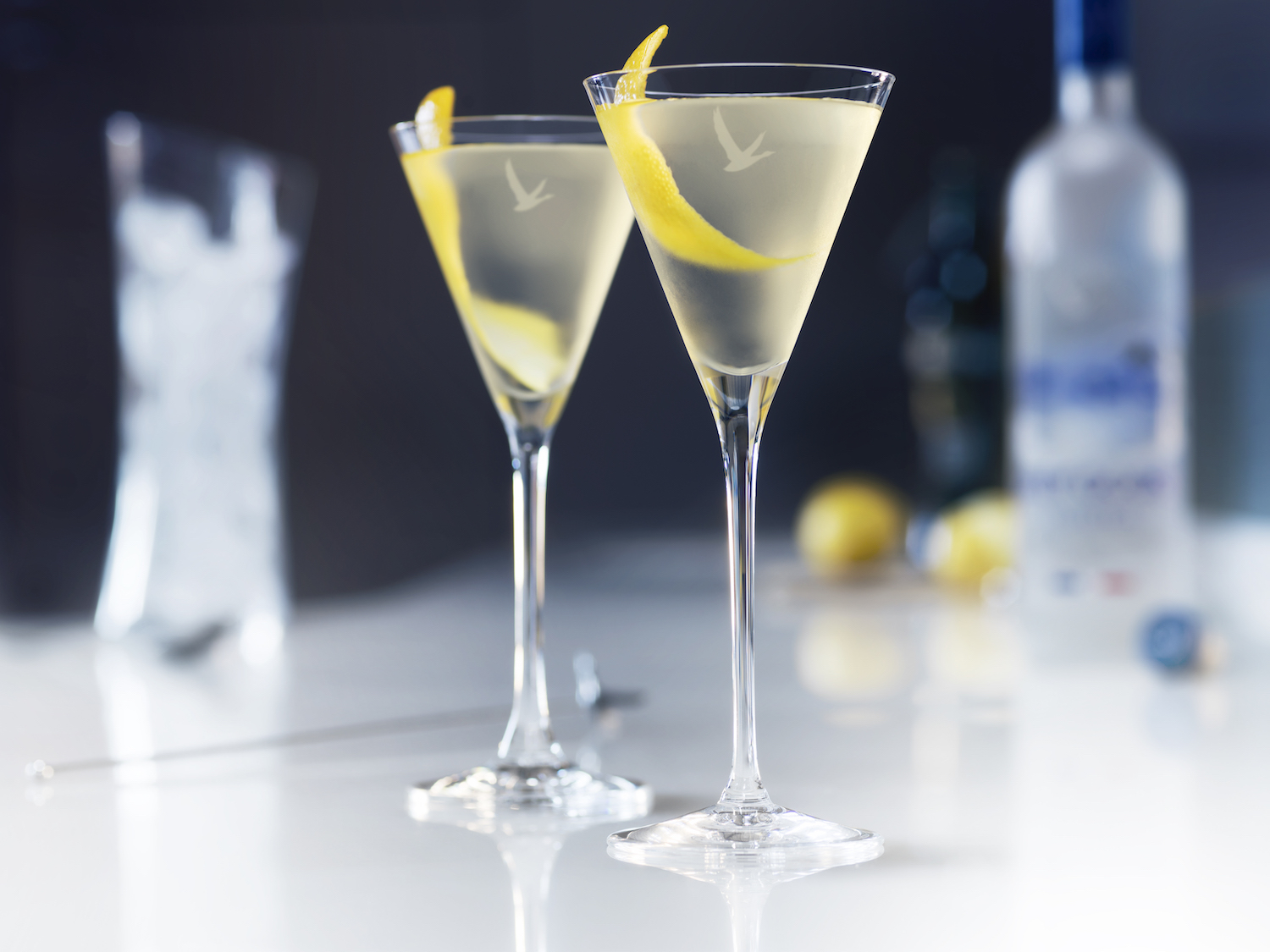
Grey Goose “underscores the harmony that can be created when ingredients of the highest quality come together in a delicious and understated, but often fun, cocktail,” Thibault notes. He recommends adding a dash of orange bitters which “helps bring out the citrus and almond notes of the winter wheat vodka.”
The recipe he swears by consists of 2.5 parts Grey Goose original vodka, 1/2 part Noilly Prat Dry Vermouth, and just a dash of orange bitters. And “depending on how I’m feeling, I may swish the dry vermouth around the glass once or twice and then toss it before pouring in the Grey Goose; this way, the vodka is just lightly kissed by the flavor of it.”
Europe does not have a monopoly on martini-worthy vodkas, however. One example is Hangar 1 Vodka, made in Alameda, California outside of San Francisco and not far from the Napa Valley. “At Hangar 1, we create our Straight Vodka expression by combining a vodka distilled from grain with vodka distilled from California wine grapes,” the brand’s Head Distiller, Caley Shoemaker, tells Maxim.
“The result is a vodka with a soft, round texture and a hint of fruit essence, which is perfect for creating a fresh take on the classic martini; but I especially love it featured in a dirty martini. The fresh and slightly floral aroma, round and smooth mouthfeel, and light perfume on the finish pair wonderfully with the velvety texture and the salty, briny notes of the olive juice, offering a unique flavor profile to this classic cocktail.”
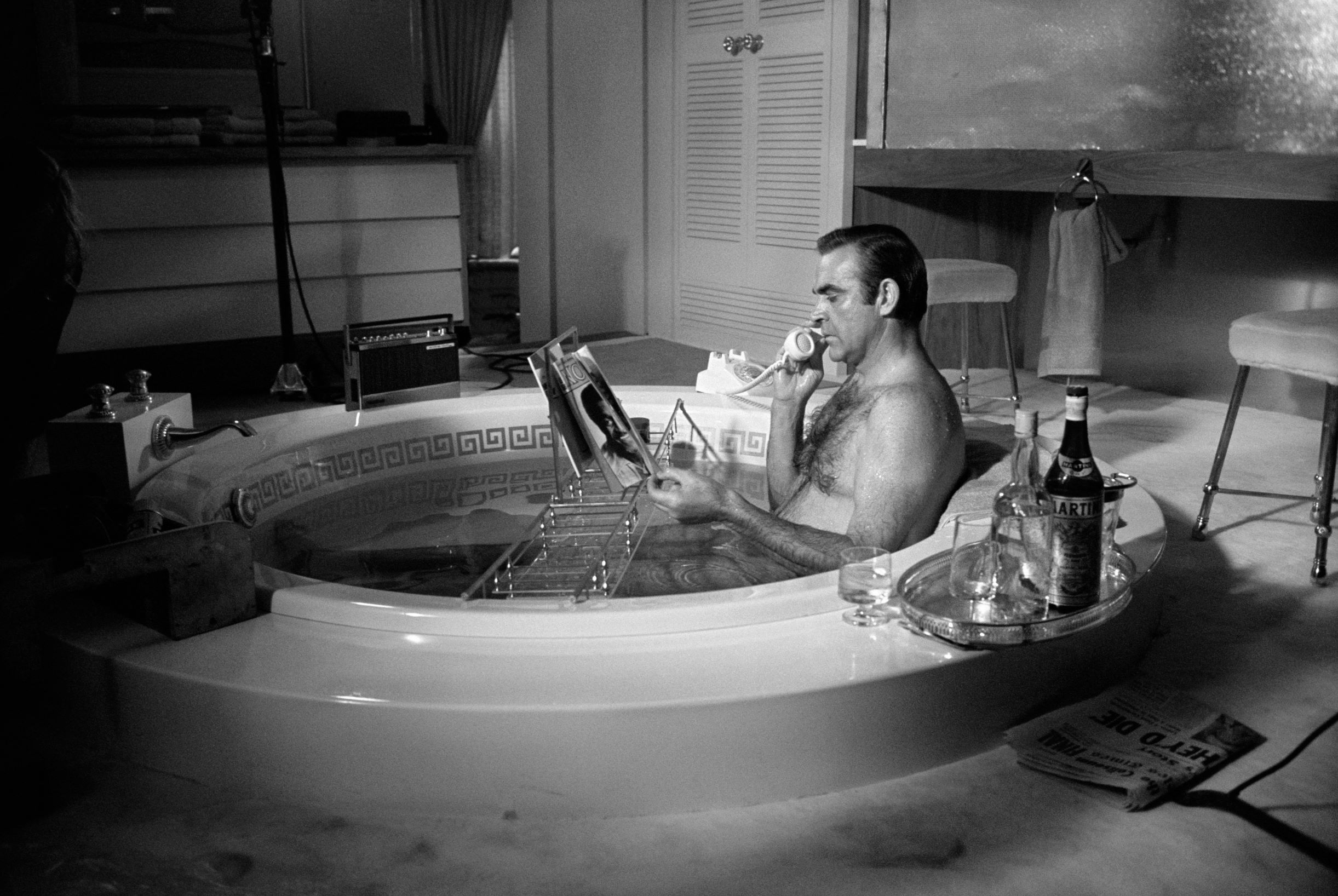
Want to get even more into the spirit (ahem)? Hangar 1 also makes Fog Point Vodka, using locally captured California fog in place of water, and distilled from Pine Ridge Chenin Blanc + Viognier, a Napa wine chosen for its notes of honeyed pears, white peaches and zesty citrus.“The resulting vodka is very complex,” Shoemaker says, “with a bright and citrusy aroma, a thick and round mouthfeel, and elegant mineral notes,” the nuances of which make for an elevated martini that best showcases its subtleties.
And at Little Giant in Portland, Maine—recognized in GQ’s Best Bars in America last year—the house martini is made using filtered seawater drawn off the local coast, and some regulars specify Reyka Vodka from Iceland in place of the usual gin as the perfect foil to another kind of briny delight.
Not the sort of thing Sean Connery ever asked for, but we think he would be right at home with a splash of fog and seawater in his favorite tipple.
